A recent survey from the National Center for Complementary and Integrative Health found that about 1.2 million U.S. adults tried reiki in the past year, a notable uptick from previous decades. This energy healing method, rooted in Japanese traditions, promises balance in an increasingly chaotic world. As stress levels climb—think endless work emails and family demands—more Americans are turning to these practices for equilibrium. Reiki practices involve channeling universal energy through gentle touch or intention, aiming to harmonize body, mind, and spirit. But what does that look like in everyday life? From simple breathing exercises to more focused chakra work, these techniques offer accessible ways to restore calm. In 2025, with wellness trends leaning toward holistic approaches, exploring eight key reiki practices could provide the balance many seek.
1. Grounding Through Earth Connection
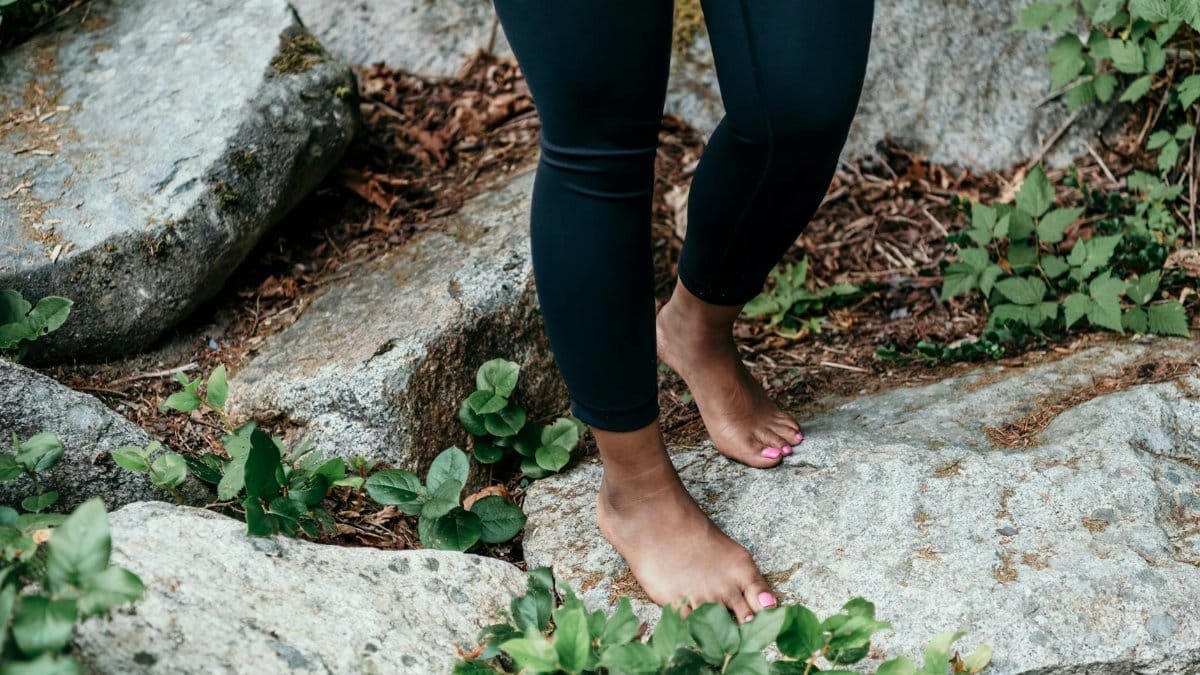
Start with the basics. Grounding in reiki means anchoring your energy to the earth, like plugging into a natural power source. Practitioners often stand barefoot on grass or soil, visualizing roots extending from their feet deep into the ground. This isn’t just metaphorical; it helps dispel excess energy that builds up from daily stressors. Imagine a busy teacher in Chicago, rushing between classes, who pauses for five minutes in a park. She feels the cool earth under her toes, breathes deeply, and suddenly the mental fog lifts. Such moments illustrate how grounding fosters stability. Research from the National Center for Complementary and Integrative Health notes that similar mindfulness techniques can reduce anxiety by up to 20 percent in regular users. In reiki, this practice sets the stage for deeper healing, ensuring energy flows without obstruction.
Yet, it’s not always straightforward. Urban dwellers might struggle without access to nature, turning instead to indoor alternatives like holding a stone or imagining the connection. One anonymous account shared publicly described feeling “unmoored” during a tough week, only to find relief by visualizing roots while sitting at a desk. This adaptability makes grounding versatile. Over time, it builds resilience, helping maintain balance amid life’s upheavals. As trends in 2025 emphasize mental health, incorporating this into routines could prove transformative.
2. Self-Healing Hand Positions
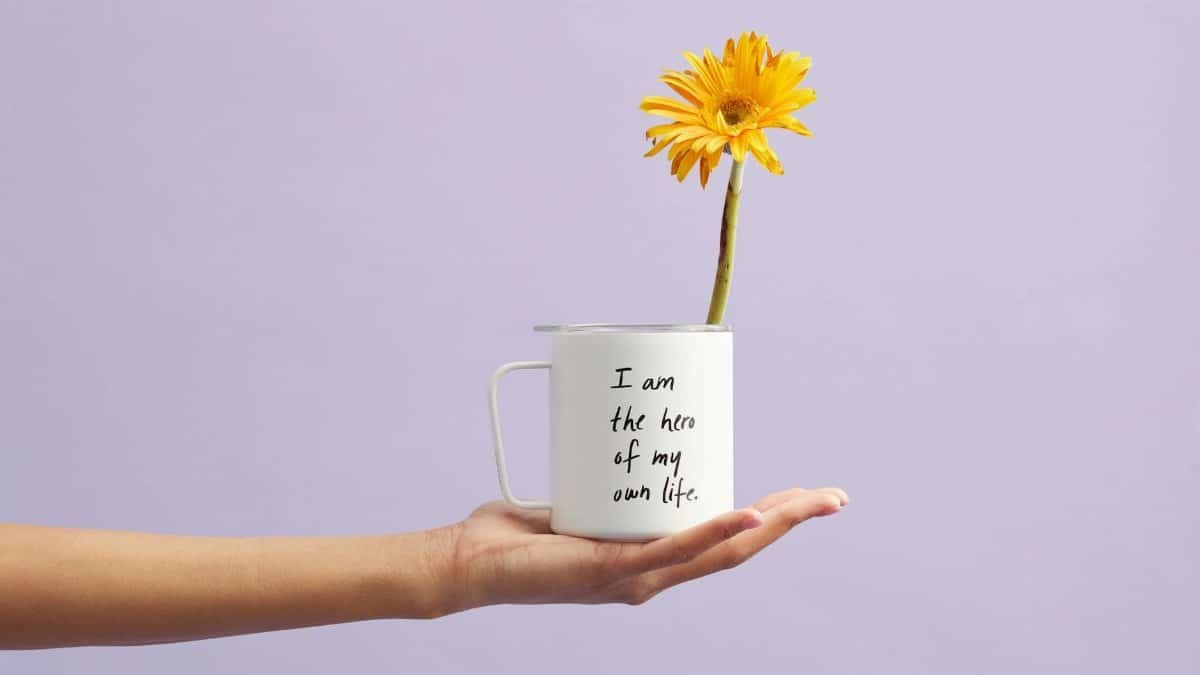
Hands become tools in reiki. Place them over specific body areas—eyes, heart, abdomen—to direct energy. It’s subtle, no dramatic gestures required. A novice might begin with the crown of the head, palms hovering, intending calm. This self-administered approach empowers individuals, especially those hesitant about professional sessions. Consider a scenario in a quiet New York apartment: A stressed editor, after a long day, lies down and methodically moves her hands from head to toe. Tension eases, replaced by a warm flow. Studies, such as those summarized by the Mayo Clinic, suggest reiki may alleviate pain and promote relaxation, though more research is needed.
The beauty lies in its simplicity. No equipment, just intention and touch. But challenges arise; skepticism can block the flow. Pushing through requires patience, perhaps starting with short sessions. Online discussions often highlight initial doubts melting into belief after consistent practice. By weaving this into evenings, people report better sleep and emotional steadiness, aligning with broader U.S. wellness shifts toward self-care in 2025.
3. Aura Cleansing Rituals

Auras, that invisible energy field around us, can accumulate negativity. Reiki offers cleansing through sweeping motions or visualizations. Picture waving hands around the body as if brushing away dust. It’s invigorating, like a spiritual shower. In practice, someone might do this after a heated argument, intending to release lingering resentment. A real-life snapshot: A California nurse, post-shift, performs a quick aura sweep in her car. She feels lighter, ready to engage with her family. The PubMed abstract on energy therapies indicates potential benefits for stress reduction, supporting reiki’s role in emotional hygiene.
Of course, it’s not foolproof. Doubters question the aura’s existence, yet many find value in the ritual’s mindfulness aspect. Vary it with essential oils or crystals for enhancement. As Americans grapple with post-pandemic fatigue, this practice provides a proactive way to maintain energetic balance, evolving with personal needs.
4. Breathwork Integration
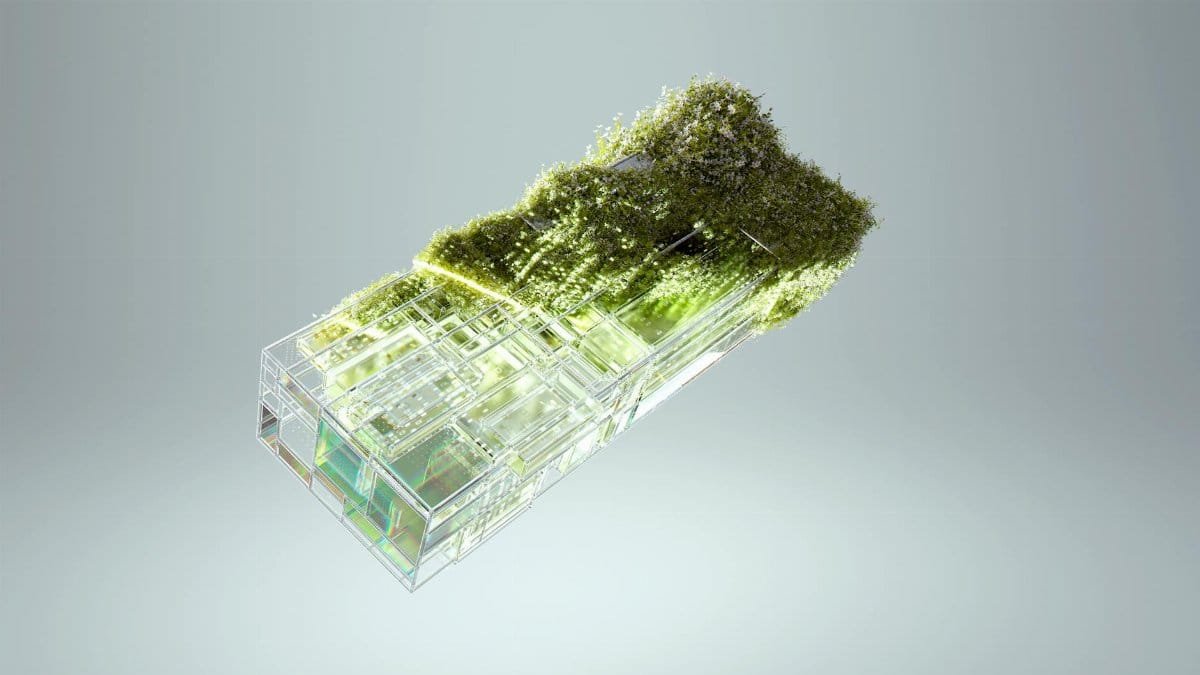
Breath is reiki’s ally. Combine deep, intentional breathing with energy channeling to amplify effects. Inhale peace, exhale tension—simple yet profound. During a session, focus on the diaphragm, letting energy ride the breath’s rhythm. Think of a Texas entrepreneur, amid startup chaos, who pauses to breathe reiki energy into his core. Clarity emerges, decisions sharpen. Evidence from the NIH on mind-body interventions shows breathing techniques can lower cortisol levels, dovetailing with reiki’s aims.
Integration varies. Some pair it with yoga, others with walking. The key? Consistency. One shared story recounted a breakthrough during a breath-focused reiki meditation, where long-held grief surfaced and released. In 2025’s fast-paced environment, this fusion offers a quick reset, bridging ancient wisdom with modern demands.
5. Chakra Alignment Techniques
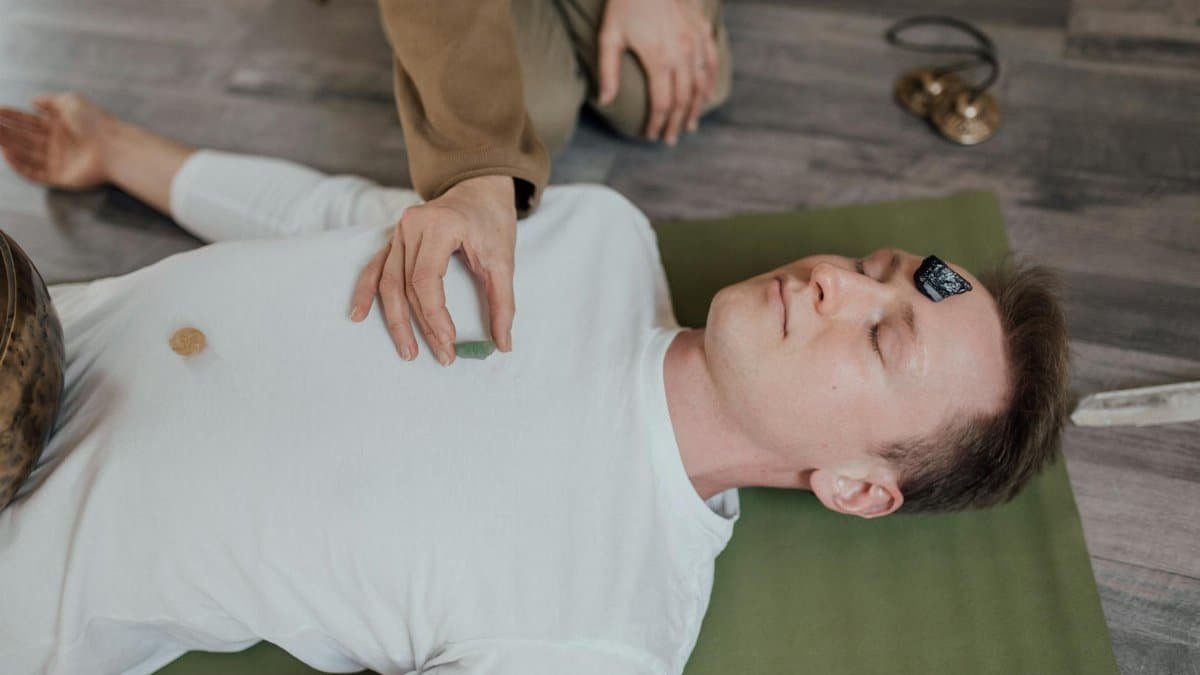
Central to reiki for balance, aligning chakras targets the body’s seven energy centers. From root to crown, each governs aspects like security or intuition. Practice #5 shines here: Use hands to sense and harmonize imbalances. For instance, place palms over the solar plexus for confidence boosts. A vivid example unfolds in a Seattle wellness group, where participants lie still as a practitioner hovers hands over chakras. One woman reports a shift, her anxiety dissolving into calm. This aligns with findings from holistic health studies, like those at Johns Hopkins Medicine, which explore energy work’s role in complementary care.
It’s methodical. Start with scanning, feeling for blocks, then channel energy. Challenges include overthinking; trust intuition instead. Publicly shared experiences often describe vivid sensations, like warmth or colors, during alignment. As reiki practices gain traction in U.S. healthcare, chakra work provides a structured path to inner harmony, especially resonant in 2025’s focus on emotional wellness.
6. Symbol Drawing for Intention
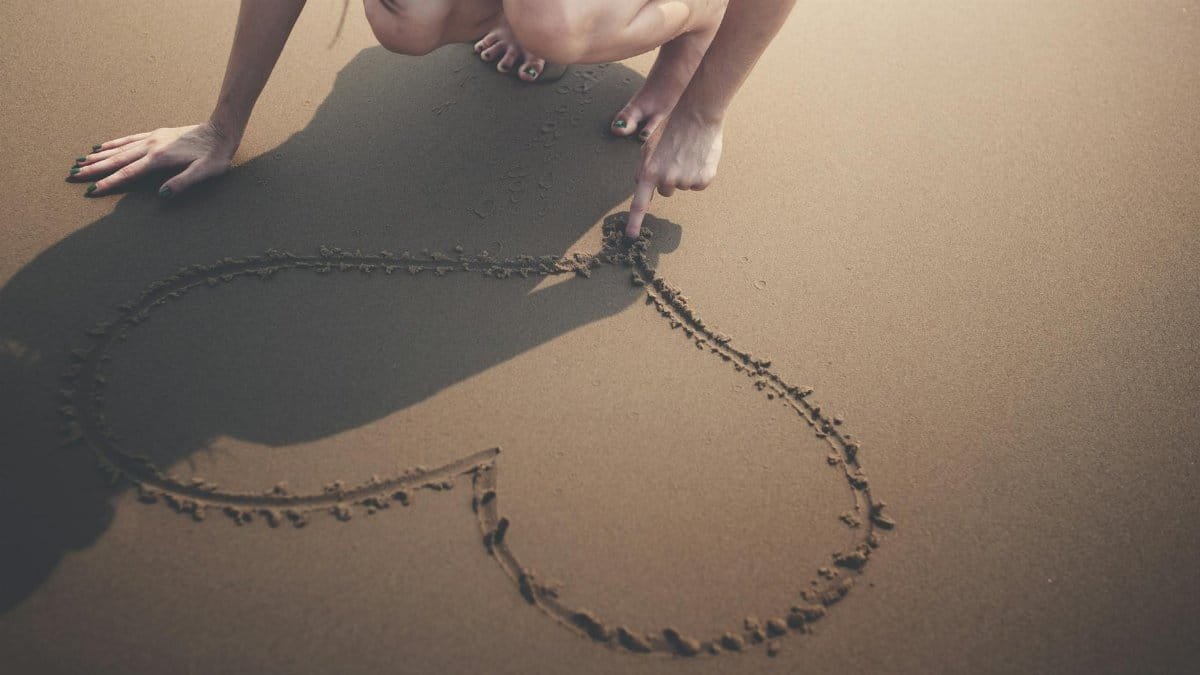
Reiki symbols, sacred shapes, enhance energy focus. Draw them mentally or with fingers to set intentions. The power symbol, for one, amplifies healing. In daily life, trace it over food for nourishment or a workspace for productivity. Envision a Florida retiree, drawing symbols before gardening; plants thrive, and so does her spirit. While empirical data is limited, anecdotal evidence abounds, supported by overviews from the National Cancer Institute on reiki in supportive care.
Mastery takes time. Beginners might use guides, building confidence. Tensions arise between tradition and personalization—adapt freely. This practice infuses routine with purpose, fostering balance in unpredictable times.
7. Distance Healing Methods
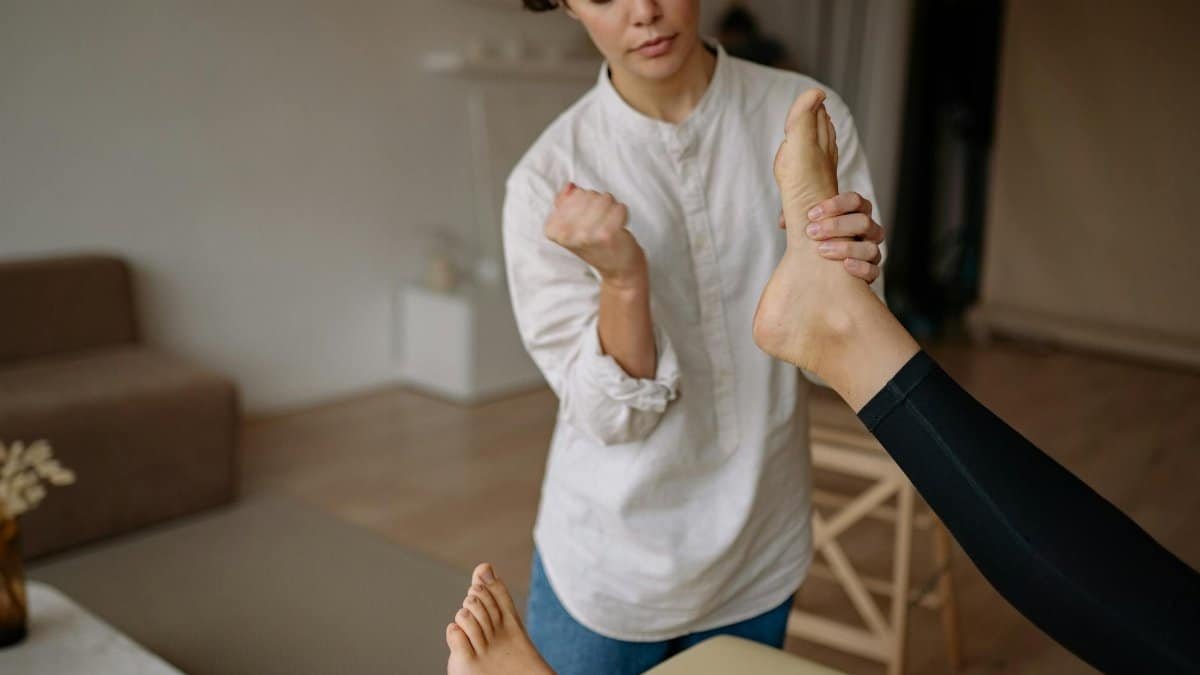
Reiki transcends proximity. Send energy across miles via intention, using symbols and visualization. It’s ideal for loved ones far away. A mother in Boston might focus on her deployed son, channeling calm. Reports of recipients feeling unexplained warmth validate this. The NIH study on distant healing suggests possible placebo effects, yet many swear by its impact.
Ethics matter—gain consent. Practice builds with meditation. Online forums buzz with stories of remote sessions easing pain. In 2025, as virtual connections dominate, distance reiki bridges gaps, enhancing relational balance.
8. Daily Integration for Sustained Balance
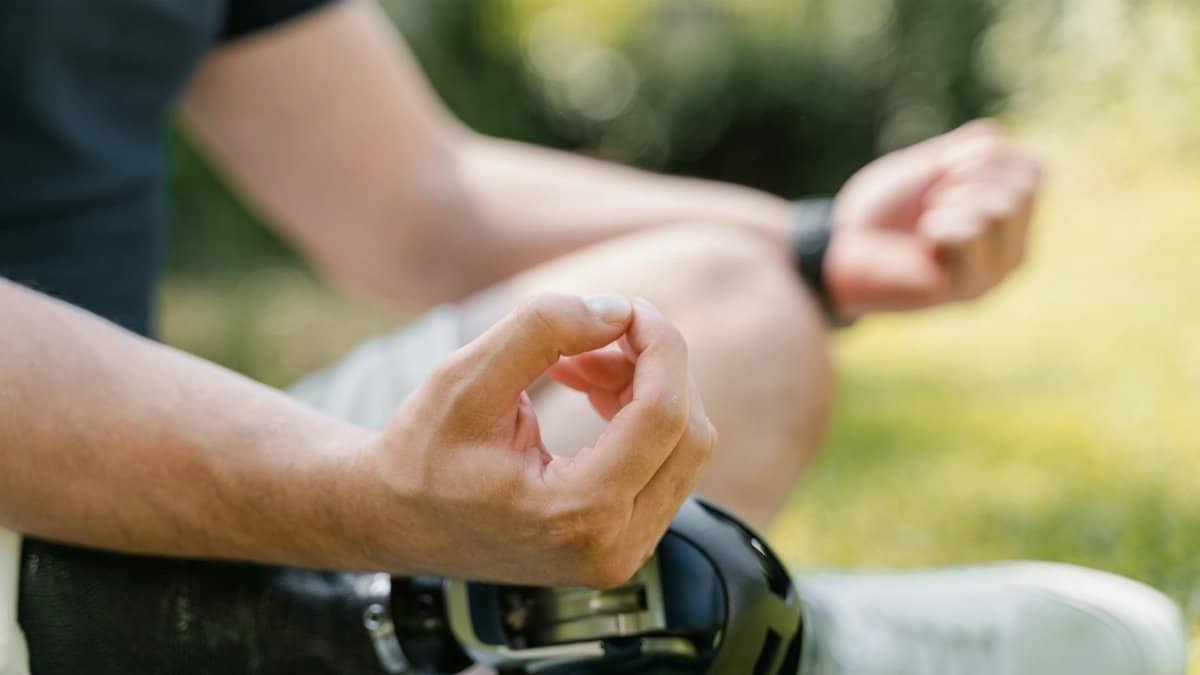
Finally, weave reiki into habits. Morning intentions or evening reflections sustain equilibrium. Not a one-off; it’s lifestyle. A Denver accountant incorporates mini-sessions during breaks, maintaining flow. This cumulative effect, per wellness experts, compounds benefits over time. Broader trends, tracked by Pew Research on alternative practices, show growing adoption among middle-aged Americans.
Adapt to life stages. Families might share group sessions. The nuance? Balance isn’t perfection; it’s ongoing adjustment. Reflecting on this, reiki practices remind us that harmony comes from within, ready for whatever 2025 brings.
